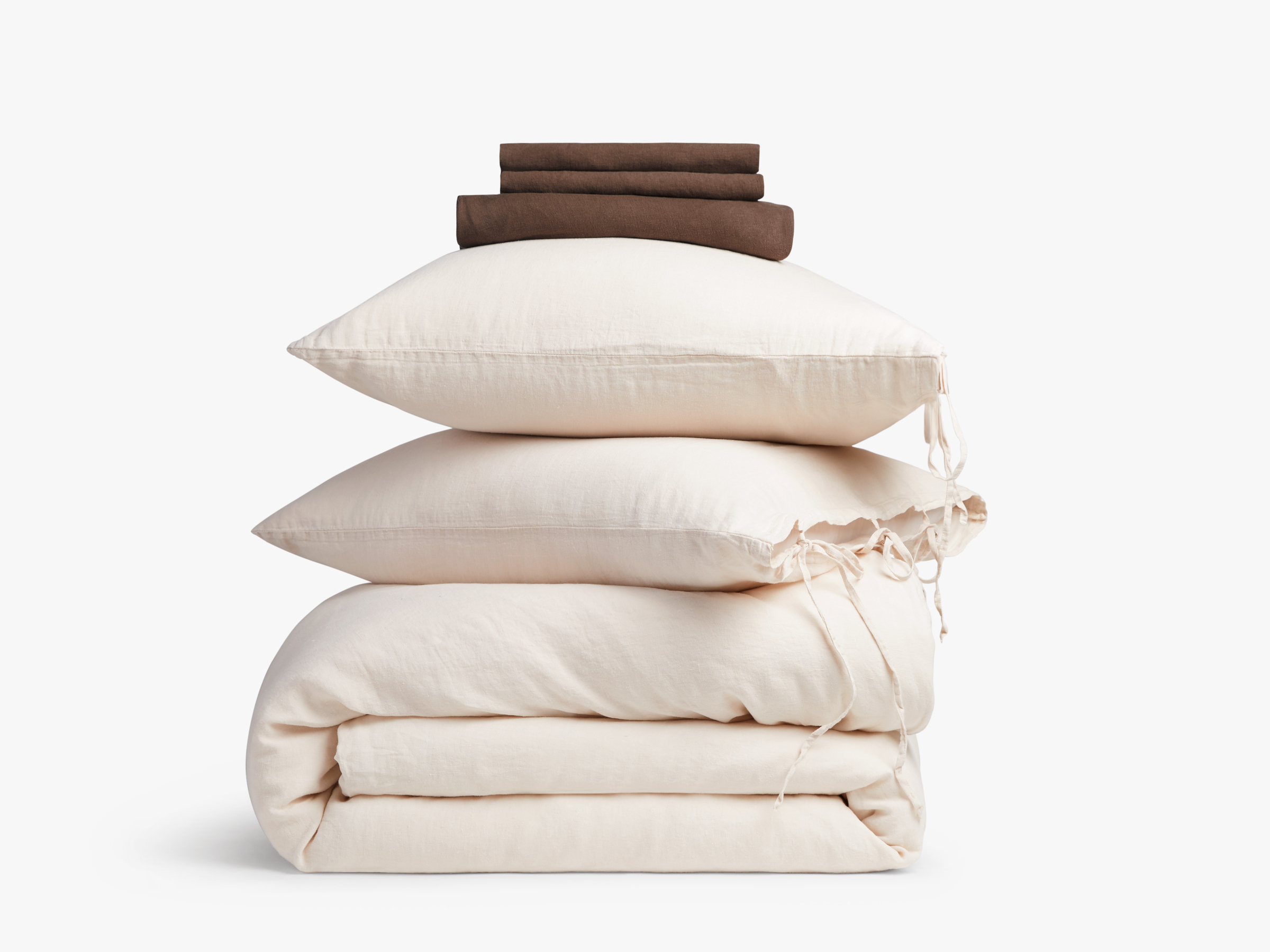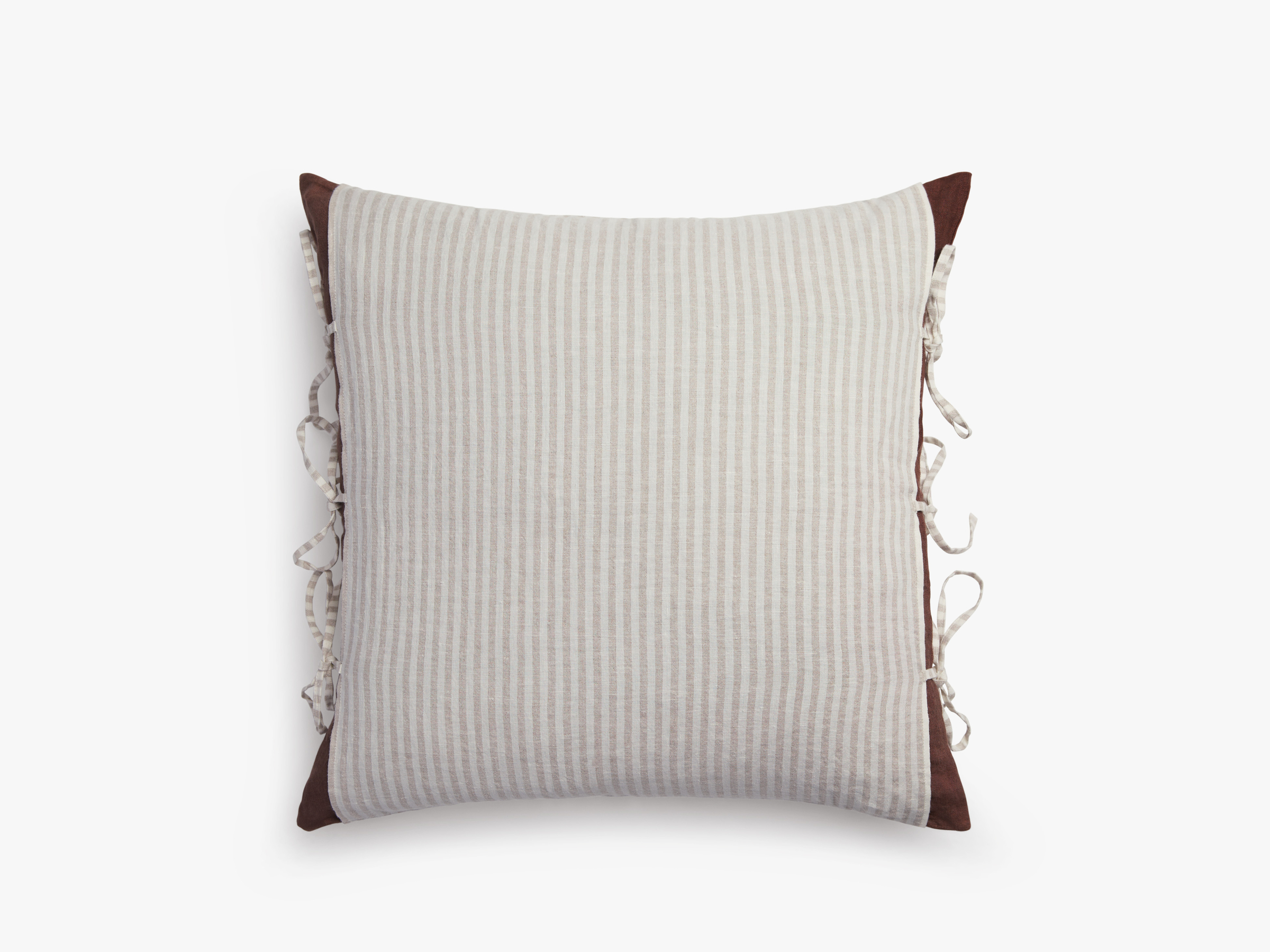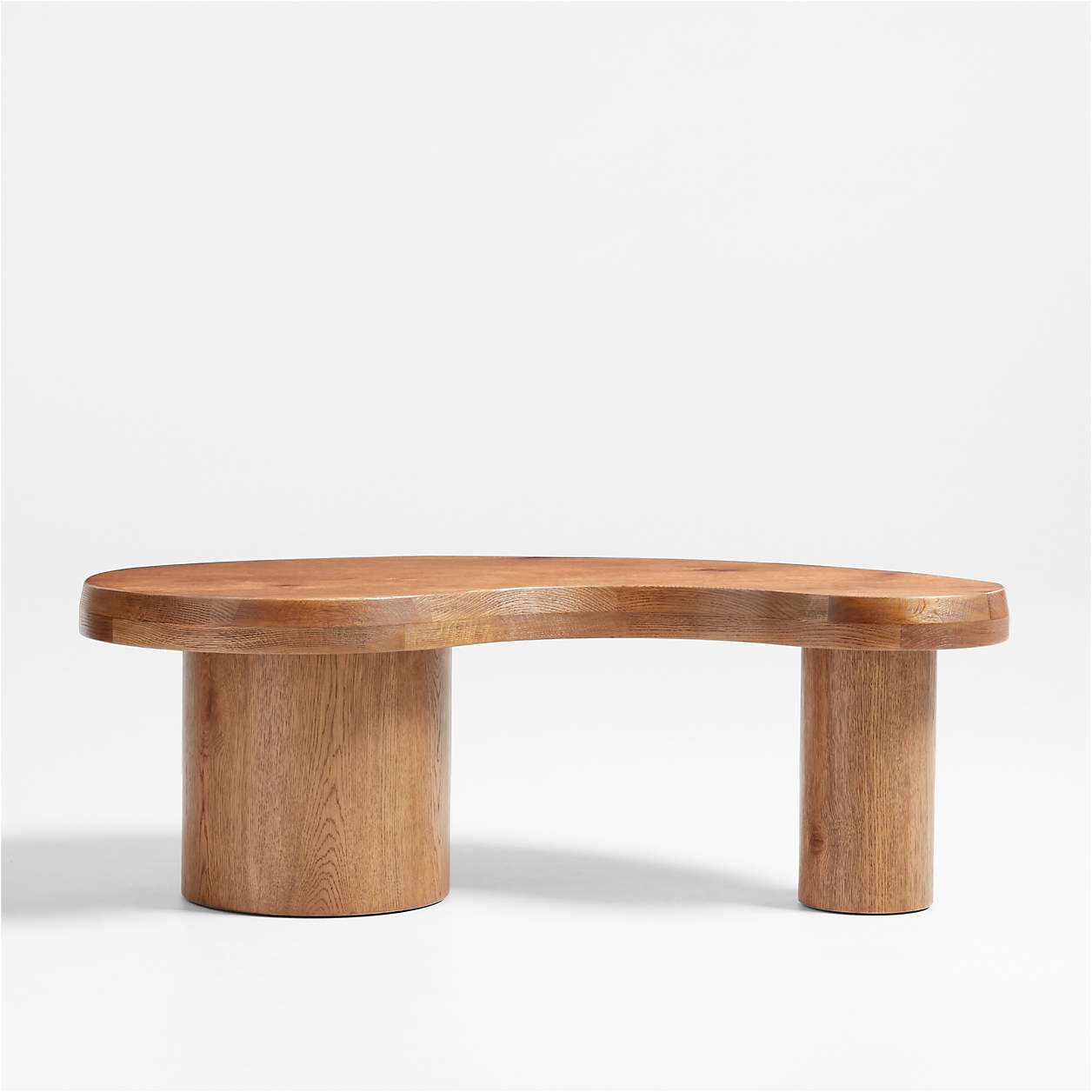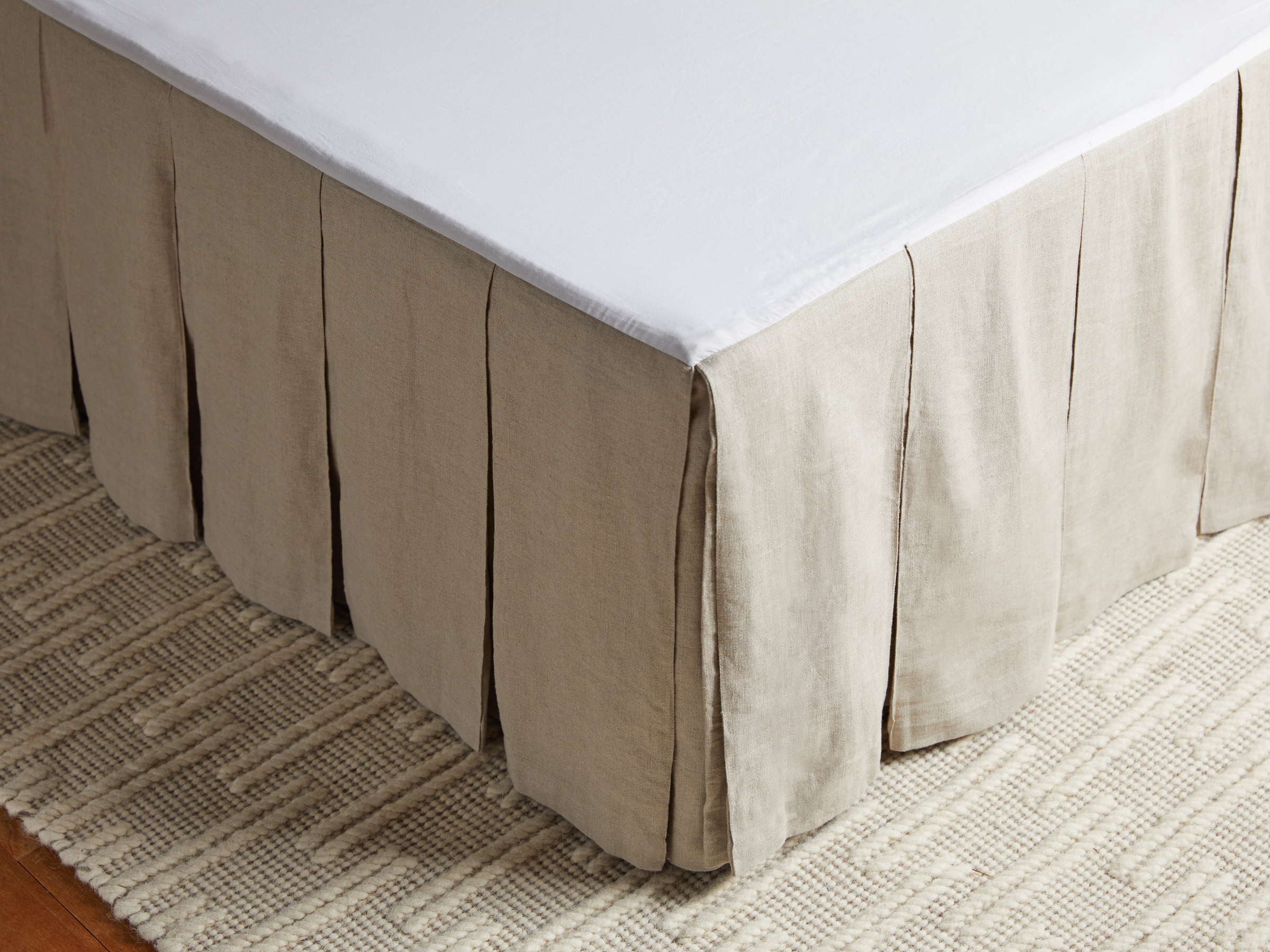Celebrity Interior Designer Jake Arnold Shares His Best Design Advice
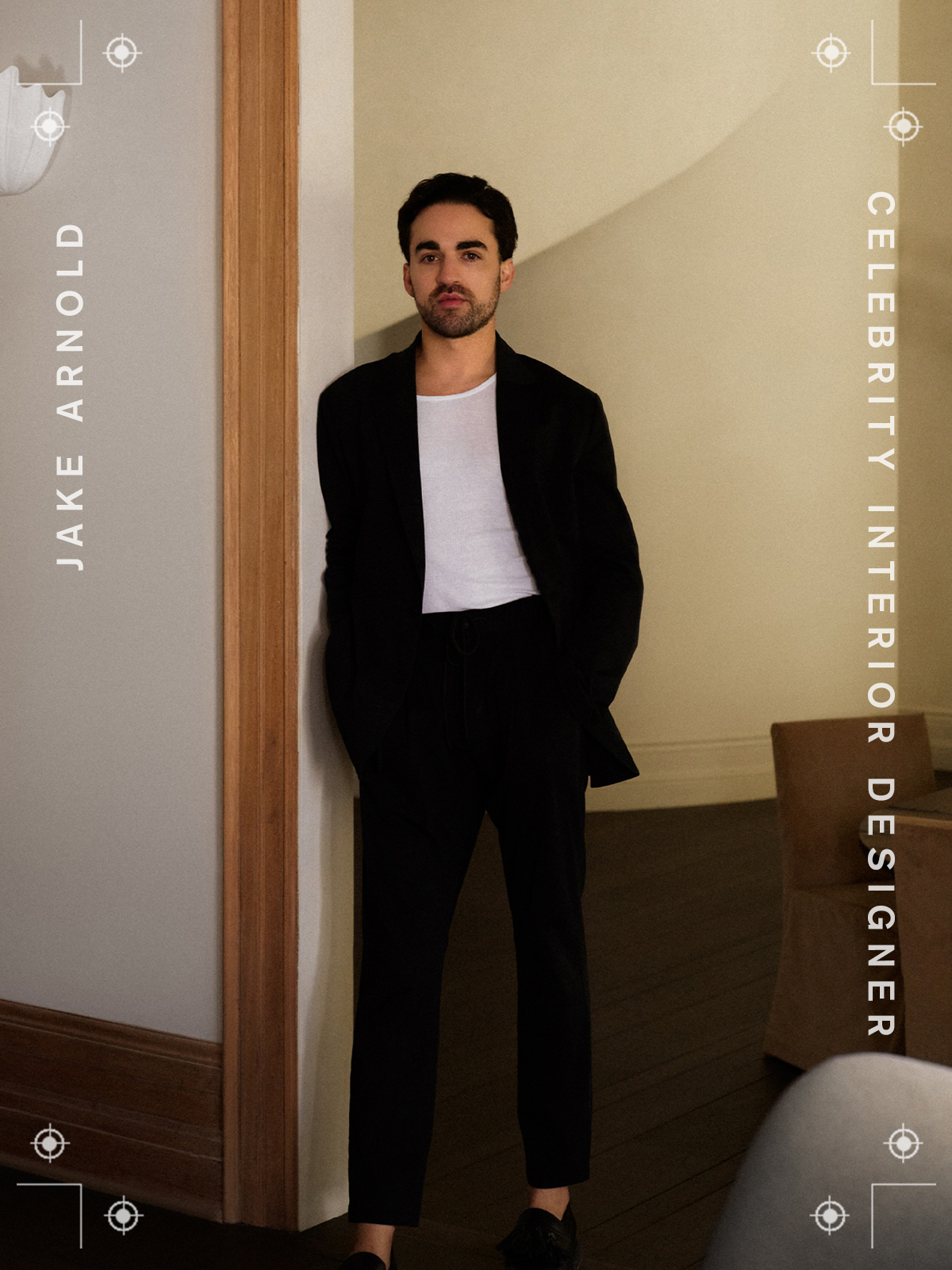
Welcome to our podcast, Who What Wear With Hillary Kerr. Think of it as your direct line to the designers, stylists, beauty experts, editors, and tastemakers who are shaping the fashion-and-beauty world. Subscribe to Who What Wear With Hillary Kerr on Apple Podcasts and Spotify.
Jake Arnold was destined to be an interior designer. Growing up in England, Arnold was constantly rearranging furniture. "I would always move my room around when I was a kid," Arnold said. "I was obsessed with people's houses."
That obsession paid off, and Arnold now works with some of the biggest names in Hollywood. From John Legend and Chrissy Teigen to Zendaya, Arnold has put his design touch on some seriously incredible homes.
Beyond his work as a celebrity interior designer, Arnold co-founded The Expert, a digital design platform that enables individuals to consult with the world's top designers virtually. Arnold has also collaborated with brands like Parachute, Lulu & Georgia, and Crate & Barrel. In September, Arnold is also set to release his first book, Redefining Comfort.
For the latest episode of Who What Wear With Hillary Kerr, Arnold shares how he got his start with no formal training, his best design advice, and so much more. For excerpts from their conversation, scroll below.
Can we talk a little about how you got here to this current pinnacle?
I essentially moved from England to L.A. in 2012. Beforehand, I always wanted to get into design. It was always in my blood. I would always move my room around when I was a kid. I was obsessed with people's houses. My mom would always say every time we would come back from a friend's house, [that] I would move my room around because I would be inspired.
I studied business and economics at university. [But] it was just not something I ever wanted to do, but it was also very good for me as I've learned that 99.9% of the job is a business.
Anyone will tell you when they're a designer, just having a good eye is such a prerequisite, and actually, everything else you almost learn on the job. I really just threw myself in without any formal training. I think because it's always been a passion of mine, I've spent so much time crafting and learning and making mistakes all the time. It's been a work in progress.
I always say that I have people in the past who have worked on my team who have had so much formal training, and I don't necessarily think it leads to the most successful version of being in this business because it just takes a lot more than technicalities.
I'm hoping you can walk me through that creative and aesthetic journey and how long it took you to understand what you really liked, what your design sensibilities were, and how to ensure it was cohesive.
In the beginning, you say yes to everything. You bite your tongue, and you keep it moving. When I first started, I'd worked for other people. It was at a time where I think Instagram and social media was not as prevalent as it is today. I was able to hone in on what I was attracted to and what I liked.
Growing up in England, where it's all rooted in tradition and everything has a purpose, meaning, and context, and then coming to Los Angeles, where you can build and do whatever you want— that's why I was so drawn to coming here. You really could express creativity on a personal level.
Because of the context here, you can do what you want. The landscape allows you to have an English Tudor next to a Spanish revival house. It's really all over the map.
I think, at the beginning, when I started, I was always drawn to darker, more layered cozy spaces because that's what I grew up around. Everyone here at the time was doing beachy, and everything was blues—that kind of California beach vibe at the time. I was painting people's rooms black. I think a huge part of it was risk-taking. But I was also very fortunate that I met people along the way who inspired me and expanded my horizons.
Two of my first-ever clients—one being Julianne Hough and one being Katherine Powers—really evolved my style. I think it's just important to, along the way, while you're honing in your craft, to be very open to being inspired and allowing yourself to evolve through others.
What is your best piece of advice for real-world design?
Whenever I've ever lived anywhere, from the first studio apartment where I had zero money to spend, the bare bones for me for design is really paying attention to everything you're using.
The sheets, the towels, and the lighting. Those are your three absolute nonnegotiables. You get a dimmer from Home Depot. You change out the light switch. That's day one.
Then you buy great bedding. You can get amazing affordable bedding from Parachute. Then you can also invest in great towels and things like that.
To me, those are your touch points. Everything you're engaging with and using day in and day out is what makes you feel like you're living like a rich person. That's what you do. You just fake it till you make it.
And when Jake [Arnold] has a collaboration with a company, you buy them.
Honestly, why I do collaborations—it's not only because it's so fun to express creativity through product, but I understand everything is so expensive.
I have a full awareness of how much time things take and how expensive it is. You really don't have to overhaul everything. I think the biggest misconception with design is that you have to do everything at once. I actually think it's a buildable experience that you can buy the things you love, and then over time, those pieces have a story, have a personality, and stand against all your friends. You don't want to have the same house as your friend.
I think [it's important to] know that [good design] doesn't happen overnight. Just get your bases covered with the bigger pieces.
My advice is, no matter what you're buying at any price point, always try and get the best quality because then you buy it once. That's the biggest thing. If you buy something very inexpensive, then you're replacing it three times versus really investing in that amazing bed you sleep in every day. I've had a bed that I've recovered five times. I think that's the joy of it.
Less is more. Take your time. Rome was not built in a day.
Let's talk about your first book, Redefining Comfort, which comes out on September 5. Can you talk a little about why you wrote a book and what you wanted to do differently than everything else out there?
It's definitely a completely new chapter for me. Normally when I think about a book, especially in the design space, it's very much all visual or there's almost too much text that you sometimes almost have to dig so far in that you can't just pick it up and be inspired.
Everything I do outside of projects for clients is very much rooted in an intention. My intention with the book was to share my projects and design evolution thus far from a purely aesthetic standpoint and highlight my design philosophy, which stems from my personal evolution. Of the qualities that I feel I've learned through the years and how all of those qualities are represented through the projects over the years.
So there's a story from the beginning of what comfort has always meant for me. Growing up as a child, not fitting in, not feeling good about myself, and not being around people that were my people. I think that evolution, having to put yourself out there and fulfill a dream and a passion and be okay with failure and then redefining what that comfort level means is also how I like to see the interiors.
While comfort is key, [design] can still be beautiful and inspiring and outside the box and what does that actually mean. Throughout the book, I touch on all of those points.
This interview has been edited and condensed for clarity. Next, check out our interview with Who What Wear's beauty director, Erin Jahns.

